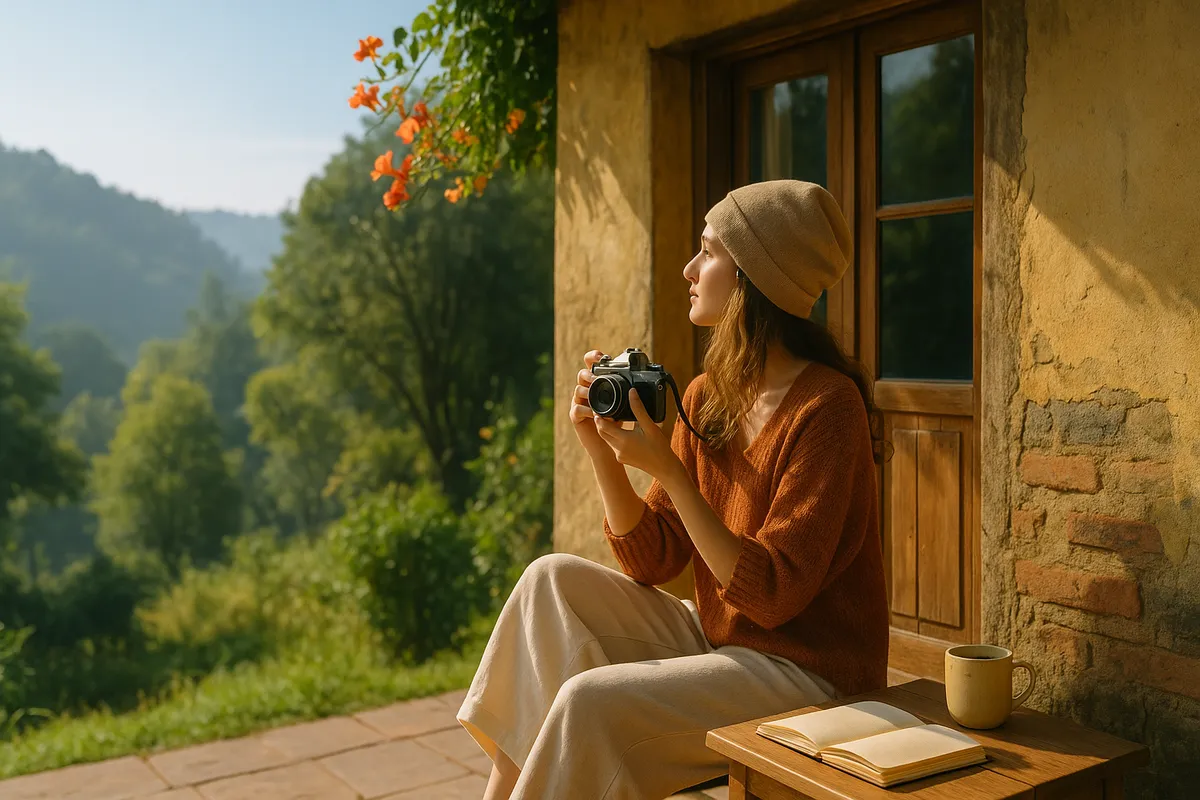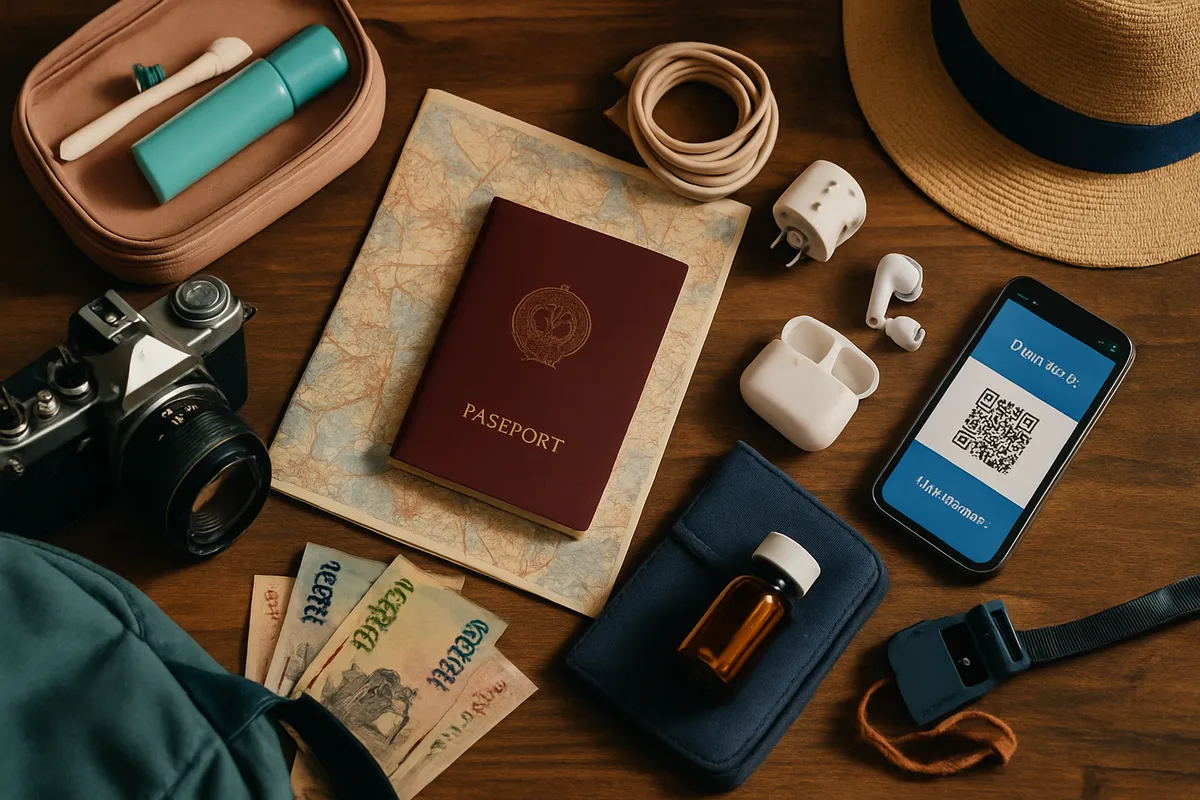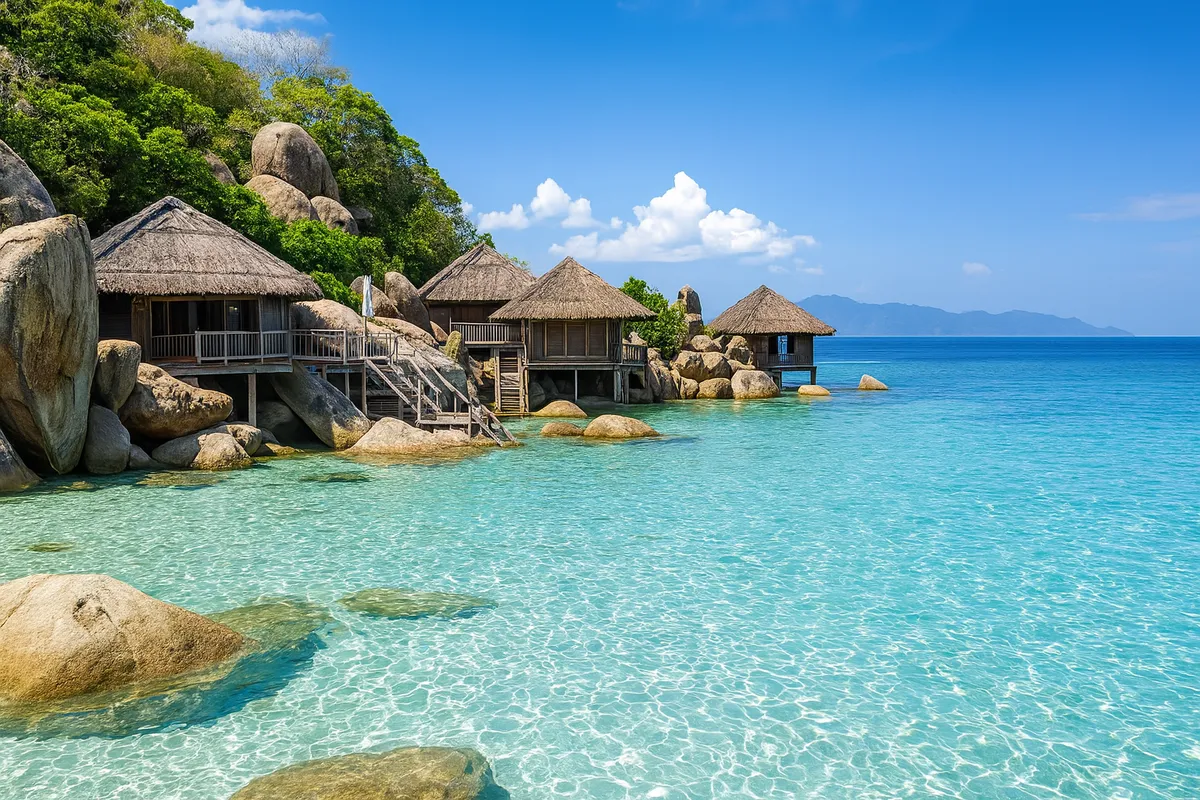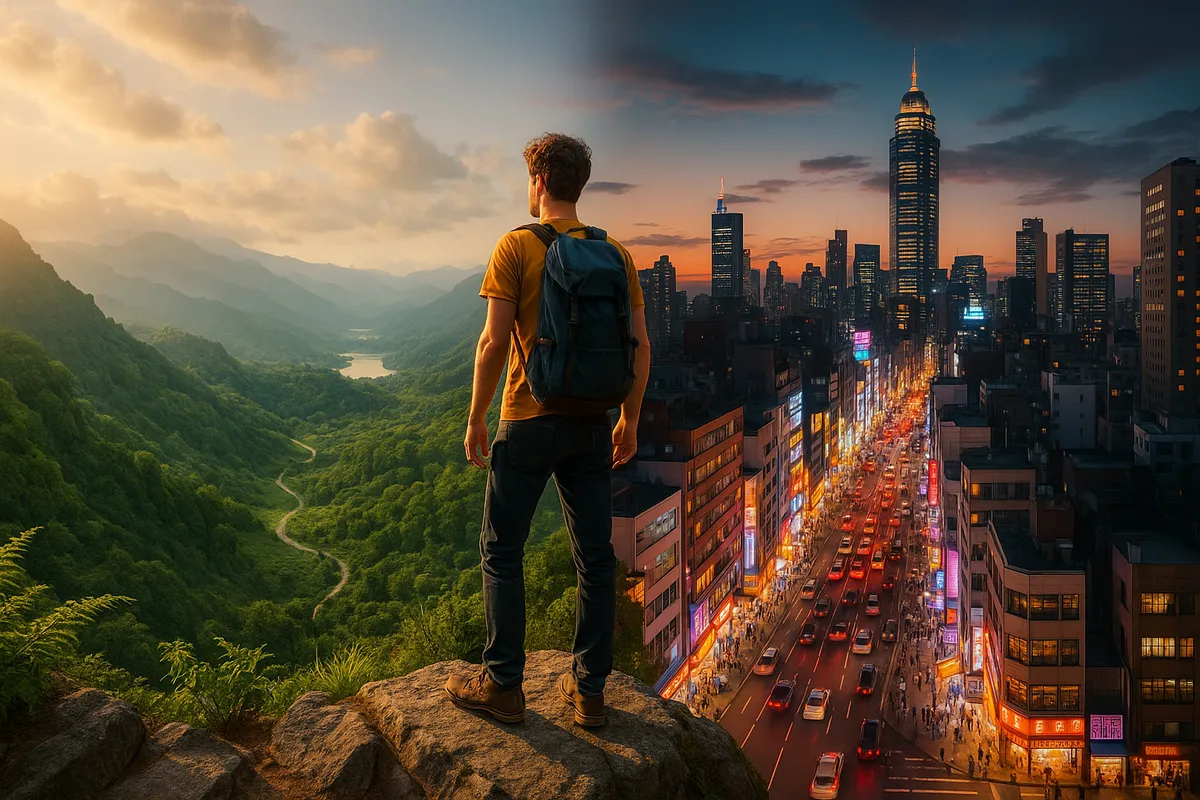Slow Travel and the Secret to Making Every Moment Count
- Thursday, May 08, 2025, 11:13 (GMT+7)
Slow Travel and the Secret to Making Every Moment Count
Not everyone is suited for a slower pace in a world that constantly demands more, louder, faster. Slow travel was once misunderstood as a dull or passive choice, reserved for introverts or those too weary to keep up. But in truth, a growing number of young people are embracing this way of travel as a means to better understand themselves, to connect more deeply with the places they visit, and to discover new meanings behind what it means to experience something. The challenge lies in making sure those slow days do not become a blur, passing like a film with no memorable scenes.
The first key is setting the right expectations. Slowing down does not mean doing nothing. It is a conscious decision. Instead of rushing from point A to point B, the slow traveler stays longer at point A, listens more carefully, and seeks a deeper understanding. Those who expect constant entertainment may be disappointed. But for those who realize this is a journey of sensing rather than consuming, everything shifts.
One of the best ways to keep slow travel from becoming boring is to weave in small experiments. In Hoi An, some travelers have shared how they spent an entire afternoon just watching people pass by a cafe. They did not just observe but noted how people walked, the look in their eyes, and fragments of conversation drifting from nearby tables. Some turned these bits of life into short stories, journal entries, or simply saved them as quiet emotions to revisit later. What makes slow travel come alive is not activity but the meaning we assign to each moment.
There is a lesser-known but powerful trick: bring a personal "unlocking item." It could be a book that mirrors the spirit of the destination, a set of colored pencils to sketch the scenery, or a film camera that forces you to slow down instead of snapping away with a phone. These objects help anchor your mind in the present, encouraging you to stop, observe, and ease naturally into a slower rhythm. Many young travelers have said it was only when they started sketching an old wooden door in Da Lat that they noticed the beauty in its peeling paint.
Essential to slow travel is the effort to connect with locals, not through quick questions and goodbyes but through shared moments. Spend a morning helping out at a small eatery, visit the market with your homestay host, or ask to join the village kids in their games. These unscripted interactions bring depth, warmth, and surprises you will never find on any tourist map.
There are also some practical tips to make slow travel truly work. First, choose destinations with elements that help you stay grounded, a place with a garden, a kitchen, or just enough privacy so staying for several days feels natural. Second, bring along non-digital activities such as writing, paper folding, tea making, or crafting. Third, limit internet use on purpose. When you are not constantly pulled into the noise of the new, you finally have space to be fully present with what already is.
Remember, slow does not mean dull. Sitting in a garden one afternoon, do more than just look at the plants, try playing soft jazz, close your eyes to the sound of rustling leaves, or learn how the locals use that tree. Depth comes from noticing the details. A slow journey transforms when you stop skimming the surface and start diving into it.
The fear of boredom often stems from the pressure of social media, from the mindset of “what to do next.” People worry they will not have great photos, no stories to tell, or that they are wasting time. But slow travel is never wasted when it comes with purpose. A group of friends once turned off their phones for three days in Ha Giang. They later said it was their most meaningful trip in years not because the scenery was better, but because they were more present with each other and with themselves.
It is also important not to slow down alone in prolonged silence. You do not need a crowd, but emotional exchange matters. That could mean writing a personal blog each night, journaling in a private group, or simply calling a like-minded friend to share thoughts. These small acts of connection keep the journey alive without disturbing its calm.
Slow travel can even pair beautifully with learning a new skill. It does not have to be complicated. Try something rooted in local culture, traditional baking, identifying tea varieties, or learning how to plant according to the lunar calendar. Learning gives each day a memory, a story, and a new link to carry forward.
Everyone defines fulfillment differently. For some, it is the quiet joy of a solo coffee. For others, it is a long conversation with the barista about the history of coffee beans. The key is not letting someone else's pace define your journey. Boredom comes not from having nothing to do but from not knowing how to see the richness in what is already there.
And if something still feels missing, it may be time to shift locations. Slow travel does not mean staying in one place forever. You can spend more time in each destination, but still move after a few days. Each location adds its own color, and the change itself adds variety without breaking the slower rhythm.
To slow down is to resist being swept away. It is the art of saying no to rush, to noise, to fast-forward experiences that leave nothing behind. Like all forms of art, it takes practice. It may not work perfectly the first time. But try again. Choose a new place. Choose a new way of seeing. Open your heart just a little more. And someday, on a clear morning filled with birdsong and mist resting on old rooftops, you will realize that you are not just traveling. You are truly living.

 CHECKIN.VN
CHECKIN.VN








Share on